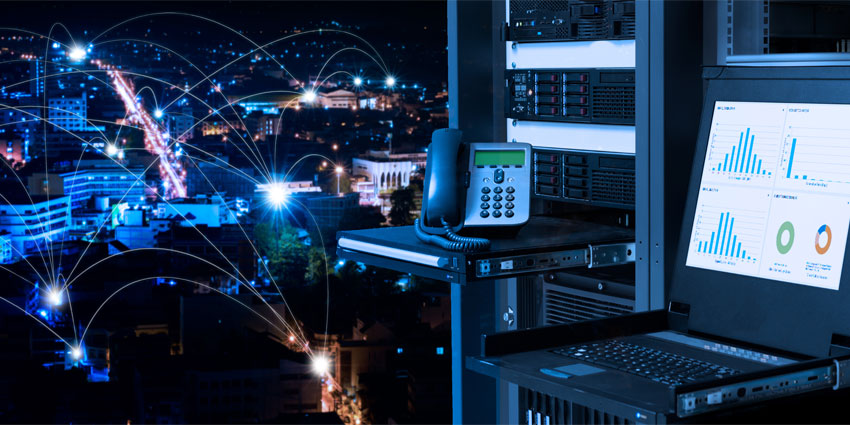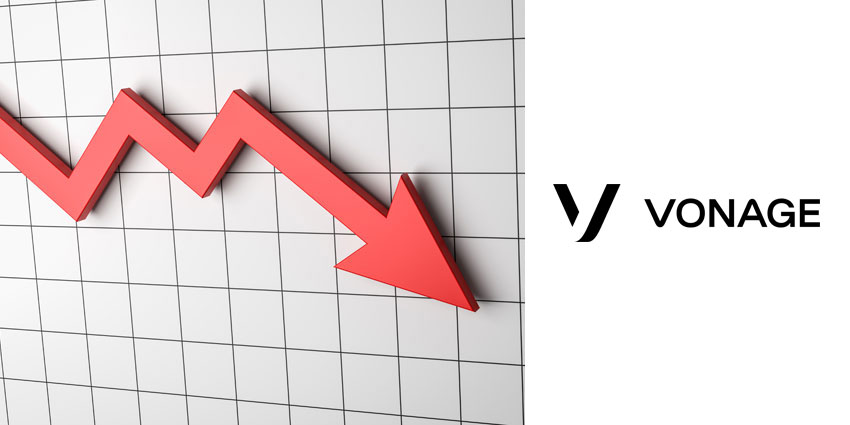Predictive and progressive diallers power outbound calling systems.
Both bring a significant degree of automation, freeing up agents from manually searching and dialling customer numbers. But apart from automation, the functions of these two dialler types are vastly different, making them suitable for different use cases.
So, what are the pros and cons of predictive vs. progressive diallers?
Let’s consider each in detail and discuss the parameters that should guide your decision.
Predictive Dialler Definition, Pros, and Cons
A predictive dialler is an automated outbound calling system that dials multiple numbers from a customer list automatically and sequentially, informed by dynamic contact center KPIs, in order to transfer live calls to your agents.
Pros:
- Adapts to changing agent availability
- Targets a huge customer base with simultaneous calling
- Agents won’t reach voicemail or face call rejection
Cons:
- Not suited to targeted campaigns
- Customers might face a few seconds of wait time before a caller is connected
Learn more about the fundamentals of such a dialler in our article: What Is a Predictive Dialler, and What Are its Benefits?
Progressive Dialler Definition, Pros, and Cons
A progressive dialler is an automated outbound calling system that dials the next number on a customer list only when an agent has ended their ongoing conversation while they are engaged in post-call activities. It dials only one number at a time.
Pros:
- Agents can complete their ongoing call without worrying about the next customer waiting
- No risk of a customer going unattended
- Agents can leave a voicemail
Cons:
- Outreach is significantly lesser than predictive calling
- Cannot “learn” from repeated agent behavior
Key Points of Difference
The use of algorithms, agent requirements, time invested in personalizing interactions, and the degree of customer list penetration are some of the key points of difference between progressive vs. predictive diallers.
Predictive diallers use statistical modeling algorithms to determine future agent availability and the chances of customers picking up. Some providers even leverage AI algorithms to make their predictions more accurate. Progressive diallers do not use algorithms and initiate auto-dialing only when an agent is free in real-time.
As a result of this, progressive diallers have a higher prerequisite in terms of agent numbers. You would need enough agents to be available in order to process an entire customer list. Predictive dialling can maximize productivity for a smaller contact center team.
But as predictive diallers propel agents from one call to the next based on algorithms, they may not be able to invest in outlier scenarios that require longer, more personalized engagements. Progressive diallers wait for the agent to finish, giving them the time and space to invest in personalization.
Due to these reasons, progressive diallers achieve lower list penetration in the same period of time when compared to predictive diallers.
Which One Should You Choose?
Predictive diallers are best for bulk campaigns and top-of-the-funnel lead generation, where individual engagement is not so important. On the other hand, progressive diallers are more suited to conversion or following up on your existing customer base.
Keep these differences in mind when comparing progressive vs. predictive diallers for your contact center.







